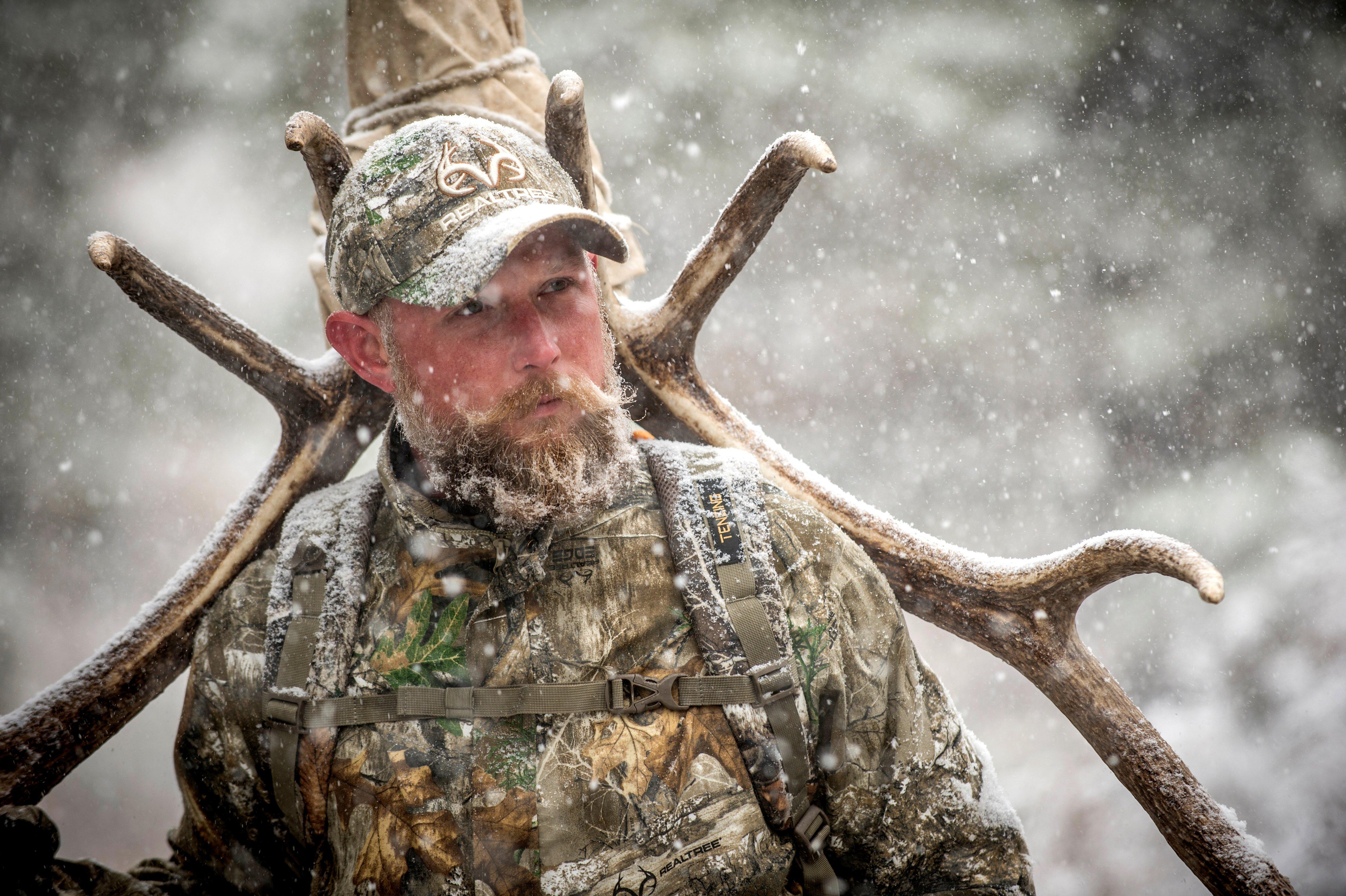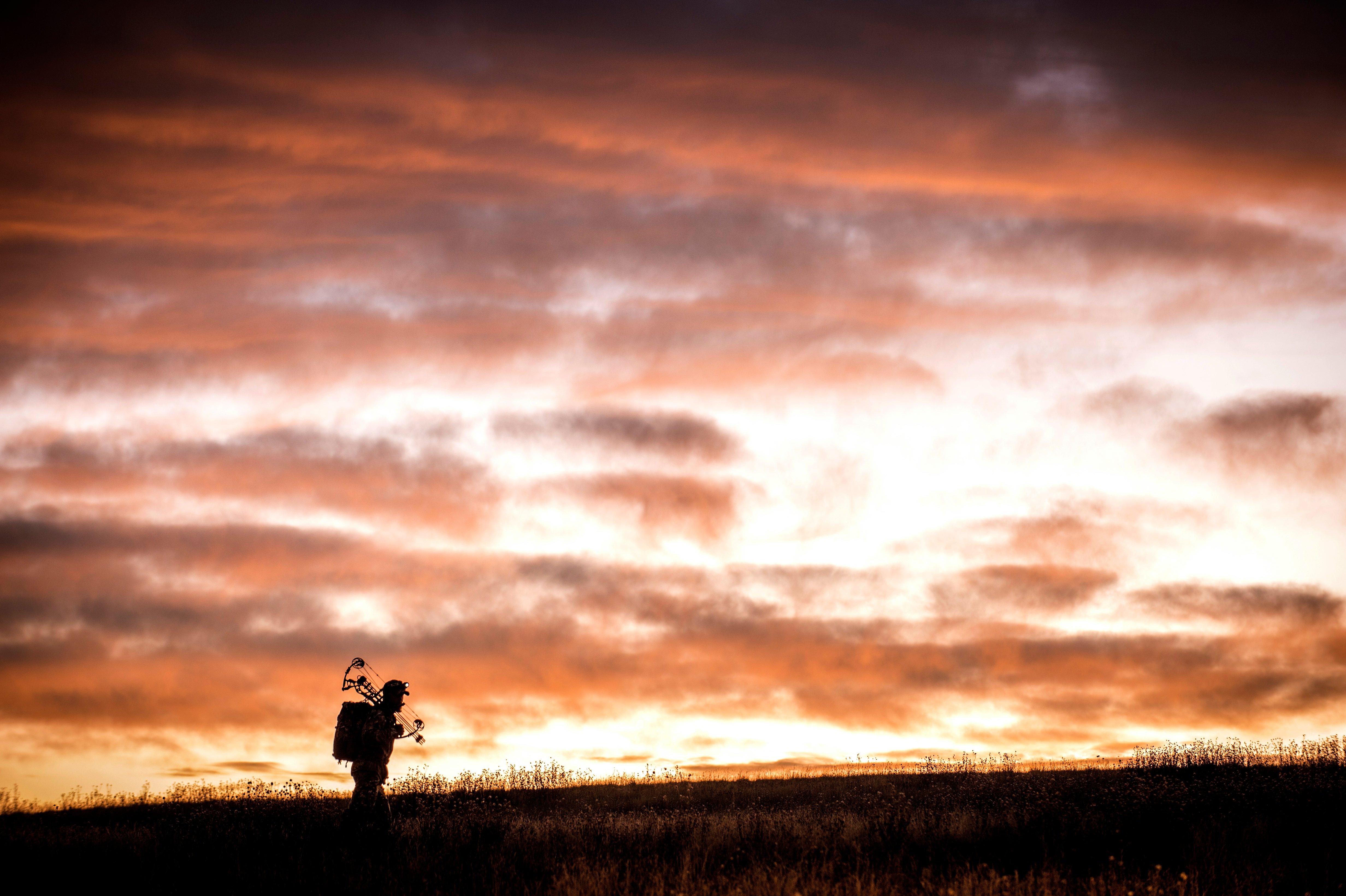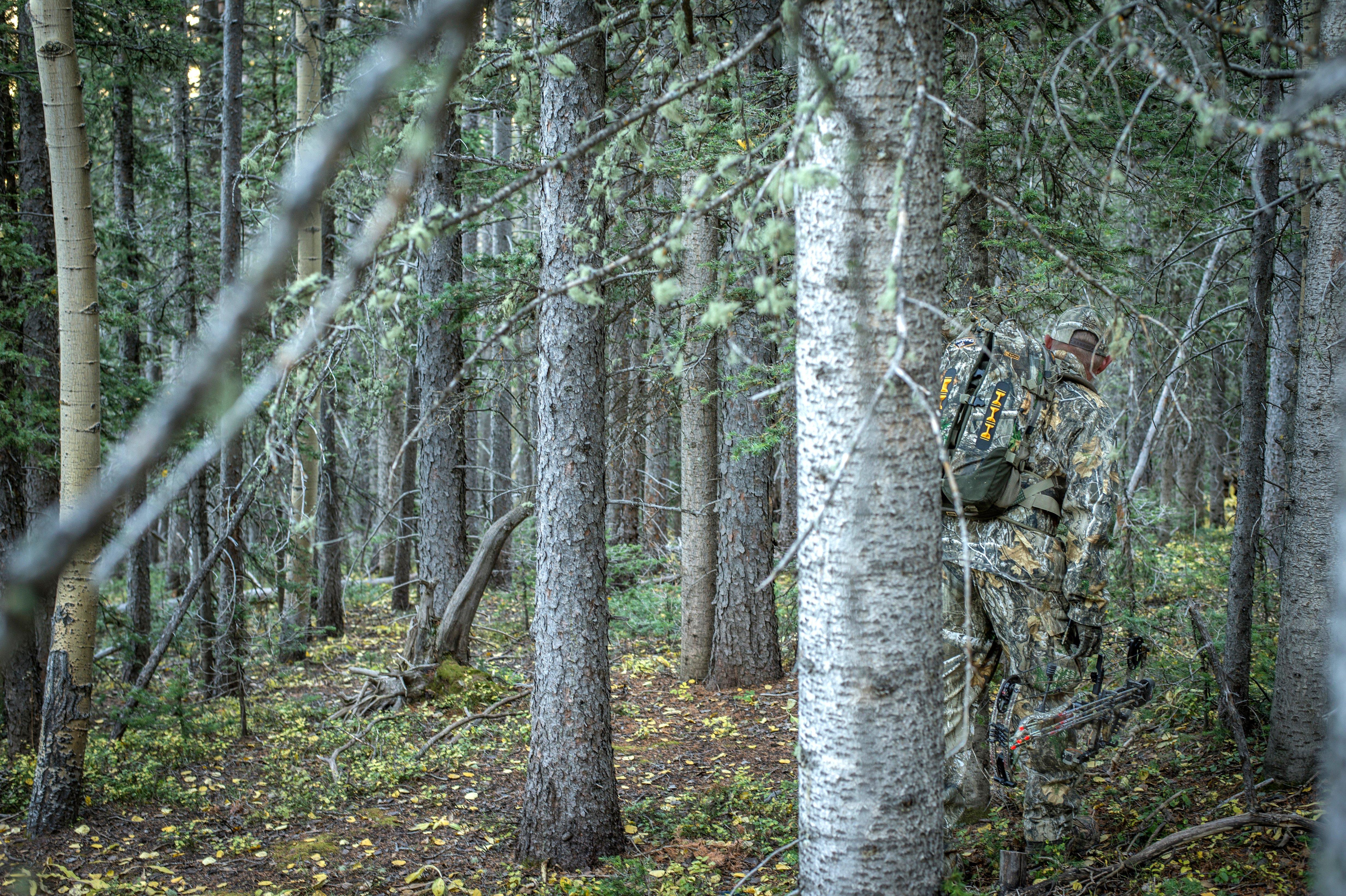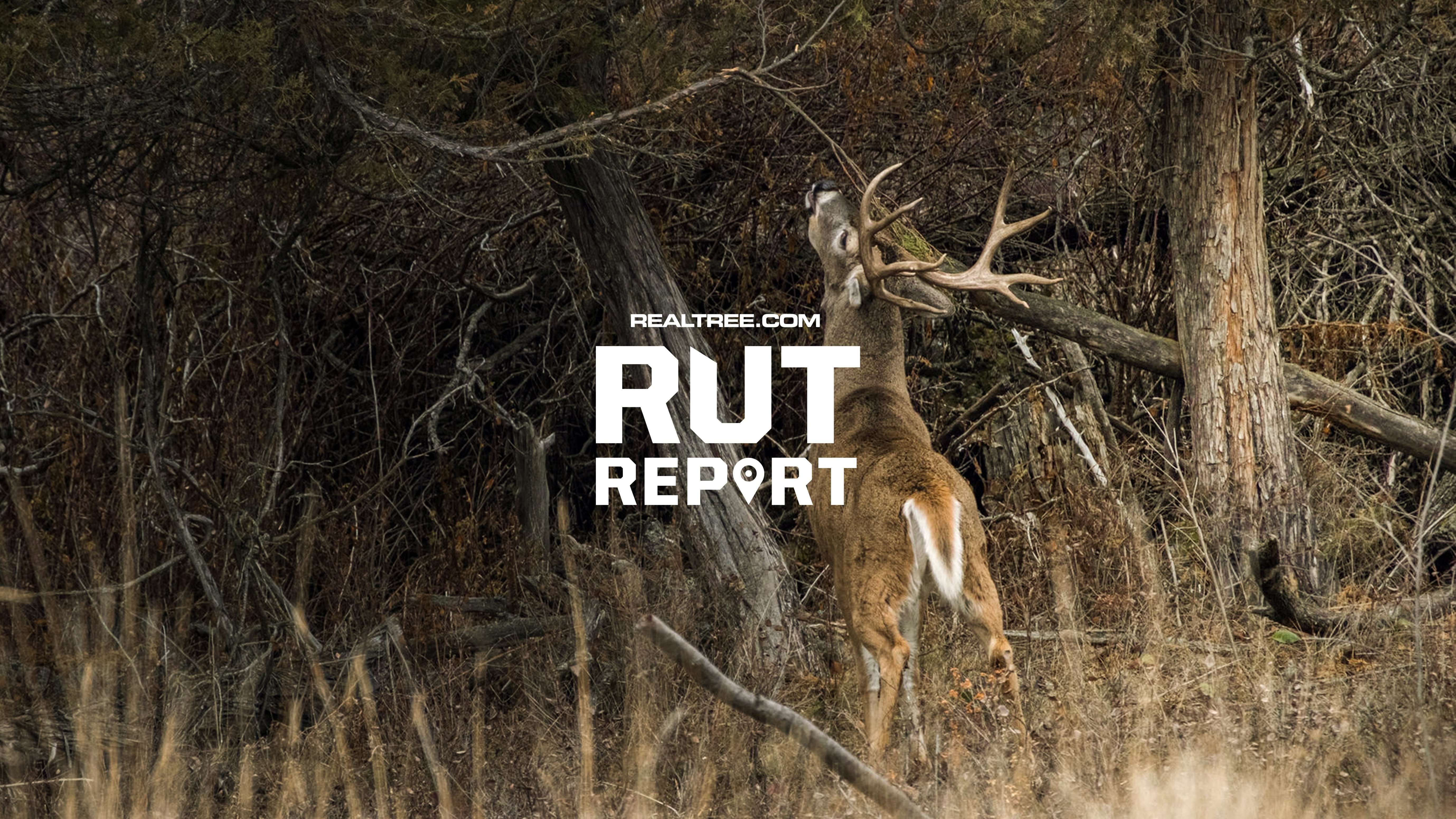With many areas stopping the sale of over-the-counter elk tags, traveling hunters must plan ahead

In recent years, wildlife management agencies across the West have made it much more difficult for hunters to buy nonresident elk tags. Photo by John Hafner.
For many, an elk hunt is North America’s pinnacle big-game experience. Whether it’s the views from the mountains or the sounds of bugles in the thick timber, elk hunting offers an exhilarating and challenging experience. But lately, what’s becoming even more challenging is just getting an elk tag.
According to the Rocky Mountain Elk Foundation, about 1 million elk live across the country, predominantly in the western United States, though several Eastern states have successfully reintroduced elk as well. In contrast, there are about 30 million white-tailed deer in the United States.
Because of that, elk hunting opportunities have always been more limited than deer hunting opportunities. For many Eastern hunters, traveling west to hunt elk has long been an aspirational thing, with out-of-state hunters flocking to areas where elk tags have traditionally been available over the counter.

Starting in 2025, nonresident elk hunters will have to apply for a limited number of Colorado archery tags in an annual draw. Photo by Bill Konway.
But in recent years, wildlife management agencies across the West have made it much more difficult for traveling hunters to buy elk tags. Most wildlife management agencies aren’t citing fewer elk for the changes in tag distribution and numbers. Instead, they’re blaming an increase in outside hunting pressure. That’s why nonresident elk tags are becoming increasingly hard to get, especially for hunters who aren’t using outfitters or going through a non-guaranteed application process.
THE NEW STATE OF NONRESIDENT ELK HUNTING
Colorado is home to the country’s largest elk population, with roughly 300,000 elk. The state has long been a destination for nonresident elk hunters, who could buy over-the-counter rifle and archery tags. It’s become such a popular hunting spot that Colorado Parks and Wildlife reports that nonresidents bowhunters have outnumbered resident bowhunters for years. However, that changes after this season.
Don’t Miss: 5 Ways to Increase Your Effective Bowhunting Range
In June 2024, the Colorado Parks and Wildlife Commission voted almost unanimously to eliminate OTC archery tags for nonresidents. The move made headlines in hunting publications and triggered outrage on online forums from out-of-state hunters who are angry about dwindling accessible elk hunting opportunities. Many cited Colorado as the last place they were guaranteed an annual tag. But wildlife management officials say there are too many hunters and Colorado residents deserve priority. Starting in 2025, nonresident elk hunters will have to apply for a limited number of archery tags in an annual draw.

In Montana, nonresident hunters applying for a general elk license get an extra preference point if they commit to hunting with an outfitter. Photo by Bill Konway.
Colorado is the just one of many Western states to make changes in response to increased out of state hunting pressure. All the Western states have gone to a draw system and/or capped the number of nonresidents tags.
Idaho changed the way it offers OTC nonresident tags after demand boomed. It has not been smooth sailing for nonresident hunters or Idaho Fish and Game. OTC tags for nonresidents go on sale online in December. In 2022, tens of thousands of hunters crashed the state’s website trying to buy licenses, prompting an official apology from Idaho Fish and Game and a promise to fix the problem in the future. Hunters waited in queue for hours only to have tags sold out by the time it was their turn to make a purchase.
Wyoming has had an application system for nonresident elk hunters for a long time. Most of the tags are given out based on preference points, although a select few are distributed via random draw. Yet there are even more limiting changes coming next year for nonresident elk hunters. In July, the Wyoming Game and Fish Commission established three nonresident general elk hunting regions along with license quotas. This means nonresidents who draw these general elk licenses will only be allowed to hunt the region for which their general license is allocated.

Landowners in Utah, Oregon, Colorado, Nevada, and New Mexico can sell private land tags to outfitters to offer to clients, who can then bypass the draw system. Photo by Realtree.
In Montana, nonresidents must apply for a general elk tag in a random lottery draw. Until a few years ago, there were typically leftover licenses. Today, there are only a limited number of tags, and more hunters apply than licenses are available. Hunters can earn and purchase preference points, which essentially puts their name into the draw more than once, but there’s still no guarantee because the draw is a lottery.
Don’t Miss: Judge Rules in Favor of Elk Conservation in Montana
It's a similar story across the rest of the West. Today, nonresident elk hunters need to plan well in advance if they want a shot at hunting elk, and educate themselves on draw odds, deadlines, and building preference points.
OUTFITTED OPTIONS
For many elk hunters, antlers are truly of secondary importance to the meat, and fortunately, OTC cow elk tags are offered in some Western states. Often, they cost a fraction of the price of a bull tag. It can also be easier to find private land to hunt for cows. Some ranchers are willing to allow hunters access to private property when large herds of cow elk are damaging crops and fences.
Hunters willing to pay for a guided elk hunt can have more opportunities as well. This is a contentious issue among some hunters who don’t believe outfitters should have any type of preference. But in Montana, nonresident hunters applying for a general elk license get an extra preference point if they commit to hunting with an outfitter. Because Montana is on a lottery draw system, this doesn’t mean the tag is a guarantee. However, it can definitely increase a hunter’s odds of drawing.

Elk tags are now tougher to secure, but an elk hunt is still very attainable for hunters who do a little homework and planning. Photo by Realtree.
Some states offer private land tags that are issued to landowners who own large sections of land where elk might be present. In some states, these tags are limited to family members, but in others, landowners can sell the tags to outfitters to offer to clients. Those clients can then bypass the draw system. That’s the case in Utah, Oregon, Colorado, Nevada, and New Mexico. But because the tag is guaranteed, guided and on private land, it is the most expensive option for hunting elk.
EASTERN OPPORTUNITY
While Western states struggle with how to handle the influx of nonresident hunters, hunters in some Eastern states are seeing increased opportunities near home. Kentucky’s elk hunting is the gold standard for reintroduced elk in the East. The Bluegrass State began reintroducing its elk herd in 1997, and the herd has now grown to an estimated 10,000 animals. The state offers the most elk hunting opportunities in the East, with 500 permits being awarded this year, 10% of which go to nonresident hunters. There’s no point system, so all hunters have an equal opportunity to draw.

Eastern elk hunters are seeing increased opportunities in many areas. Photo by Bill Konway.
Wisconsin will open limited elk hunting in the central part of the state for the first time since elk were reintroduced there in 2015. Eight lucky hunters were drawn for the hunt, which begins in October. Meanwhile, Michigan sees one of the highest success rates for elk hunting, with success rates routinely between 70% to 80%. The state holds two elk hunting seasons; one in the early fall and another in December. Only a few hundred hunters get tags, but more than 70,000 applied this year. Pennsylvania, Tennessee, Virginia, Missouri, and Arkansas also hold elk hunts.
Though elk tags aren’t as easy to obtain as they once were, an elk hunt is still very attainable for hunters who do a little homework and planning. Those who are lucky enough — or work hard enough — to experience it understand why elk hunting remains a pinnacle experience for North American big game hunters.












